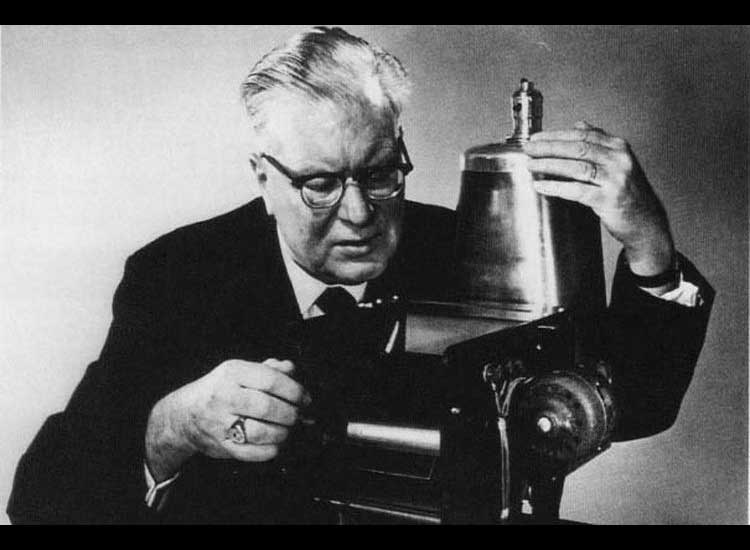History of the Discovery of the Thermometer: Inventor and Its Development – Since hundreds of years ago, scientists have realized that temperature changes can be measured using glass devices filled with liquids that expand when heated and contract when cooled.
Alcohol and mercury are the most common liquids used in temperature measurement. The thermoscope is the earliest type of thermometer. This device can only show temperature changes but not numerical values. According to the Encyclopedia Britannica, one of the first thermometers was developed by Italian inventor Galeleo Galilei in 1593.
The thermoscope uses water as the fluid and a glass bulb inside an open tube. The glass bulb rises and falls with changes in temperature. Later, in 1612, another Italian inventor, Santorio Santorio, used a numerical scale on his thermoscope but it was still very simple.
In 1654, the first sealed glass tube was developed by Ferdinand II, Grand Duke of Tuscany. Thermometers at this stage used alcohol liquid and had a numerical scale, but were not very accurate.
In 1709, scientist Daniel Fahrenheit became the inventor of the modern thermometer. This modern thermometer is a closed glass tube with a numerical scale, called the Fahrenheit scale.
According to Jamaica Hospital, early versions of the modern thermometer used alcohol, and in 1714 Fahrenheit developed a mercury thermometer with the same scale.
Later in the same century, scientist Anders Celsius also developed a numerical scale, called the Celsius scale. This scale is based on a scale of zero to one hundred, where the freezing point of water is zero, the boiling point of water is 100 degrees, and normal body temperature is 37 degrees.
The development of thermometers continued until the first medical thermometer was invented by Sir Thomas Allbut in 1867.
For almost a hundred years, the thermometer remained essentially unchanged. This temperature measuring device still uses alcohol or mercury liquid because it is considered very accurate.
More modern thermometers were developed after World War II that used infrared technology and were placed in the ear. This type of thermometer uses a small electrical circuit and a numeric readout that can measure temperature faster and more precisely than liquid-filled thermometers.
Today, modern thermometers use several types of electrical sensors to measure temperature but the same numerical scales, developed in the 1700s by Fahrenheit and Celsius, are still in use.





